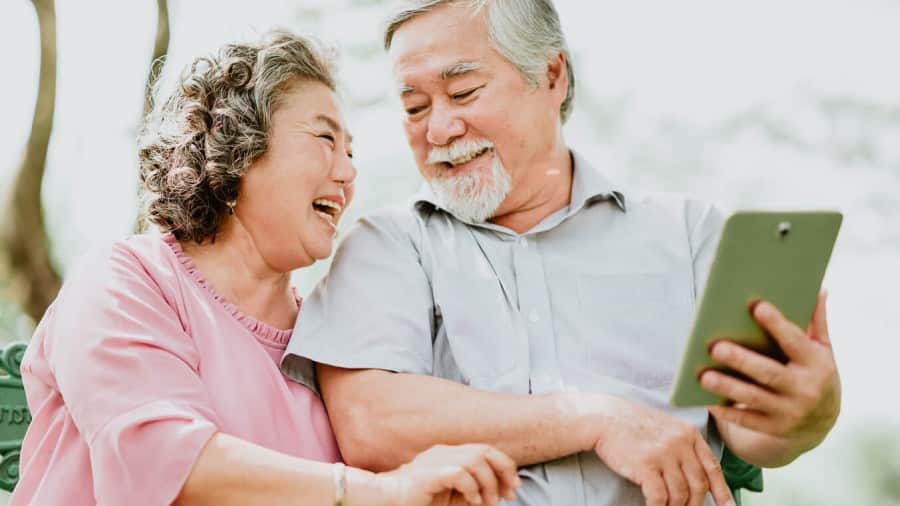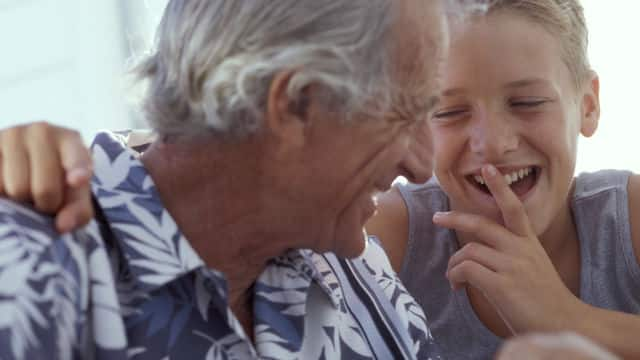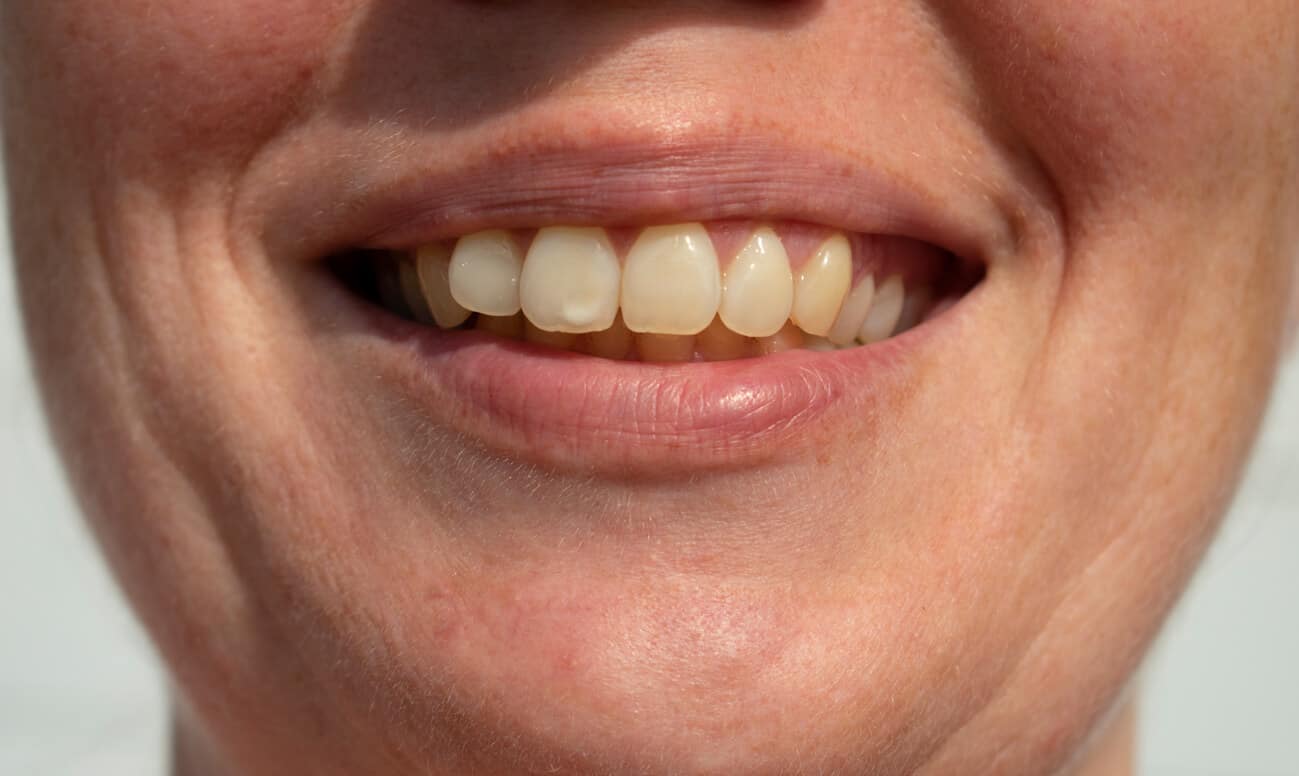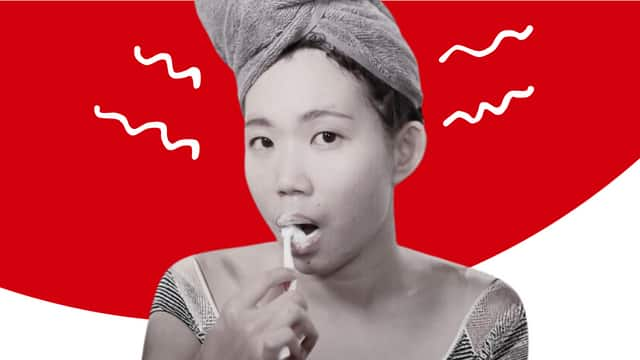-
-

ADULT ORTHODONTICS
Should You Use Mouthwash Before or After Brushing?Brushing and flossing are the foundation of a good oral hygiene routine, but mouthwash can also be a useful addition...

SELECTING DENTAL PRODUCTS
Soft Vs. Hard Toothbrush: Which One Should You Use?The toothbrush has come a long way. As the American Dental Association (ADA) notes...
-
Science & Innovation
- Oral Health and Dental Care | Colgate®
- Oral Health
- Arrested Caries: What to Know About This Type of Dental Decay


If you thought that all cavities are the same, think again. There are actually many different types of cavities that your dentist checks for during your routine visits, including arrested caries. These are cavities that are no longer progressing or active. Here's how your dentist finds these areas of decay and determines if they require treatment.
Cavities 101
You may know that dental caries is the scientific term for cavities, and that cavities refer to areas of decay in teeth. Cavities are caused by certain bacteria in our mouths that feed on the sugar we eat and turn it into acid. This acid can destroy the outer tooth enamel. If allowed to progress, the acid can reach the layer underneath, known as dentin.
Cavities appear differently depending on their location and stage, and when you see your dentist, they will assess the severity of any decay in your teeth. Several factors can affect the extent of tooth decay, such as your biology, environment and behaviors. For example, actions such as applying fluoride to the teeth can help to prevent cavities, whereas forgetting to brush your teeth twice a day can put you at risk for dental decay.
What Does Arrested Caries Mean?
Arrested caries are areas of decay that have stopped progressing and are inactive. This decay is usually limited to areas of the teeth where plaque hasn't built up. These spots look different from the rest of the tooth, often brown or sometimes whiter than the surrounding area (known as white spot lesions). The affected area is typically shiny, as well. While active decay may appear to have a dark gray shadow, arrested decay does not because the decay hasn't reached the dentin underneath the enamel.
Dentists typically diagnose this type of dental decay by touch and visual evaluation. As the JADA article explains, arrested cavities feel smooth and hard to touch, unlike progressing cavities, which have a sticky or soft feeling.
How Are These Cavities Treated?
If a cavity is no longer progressing, then do you need a filling? Typically, no.
Arrested caries usually don't require surgical treatment, unless they pose a problem for tooth function, as an article in Quintessence International explains. If the area of decay appears dark and concerns you aesthetically, such as if it appears in the front of the mouth, then you may consider cosmetic treatments like bleaching. If you have any inactive cavities, your dentist can recommend the best option for your situation.
Tips to Prevent Dental Decay
If you have experienced arrested tooth decay, it's important to revisit your oral hygiene routine to ensure your teeth stay healthy. The Cleveland Clinic outlines several crucial steps you should follow to reduce your chances of developing future decay:
- Brush your teeth twice a day with a fluoride toothpaste, and use floss or interdental cleaners to clean between your teeth.
- Reduce your intake of sugary and starchy foods.
- Ask your dentist about fluoride applications or sealants to further protect your teeth.
- See your dentist at recommended intervals to catch any problems earlier, when they're easier to treat.
While arrested cavities often do not threaten your oral health or need any intervention from a dentist, it's still important to attend regular checkups and maintain optimal oral hygiene to avoid future decay.
Related Articles


Incipient caries are the beginning stages of a cavity. Find out more about incipient caries and how you can stop them in their tracks and avoid the drill.

Once upon a time, dental patients believed a toothache was caused by a tooth worm eating away their tooth from the inside out. Do tooth worms really exist?
Related Products

Helping dental professionals
More professionals across the world trust Colgate. Find resources, products, and information to give your patients a healthier future








